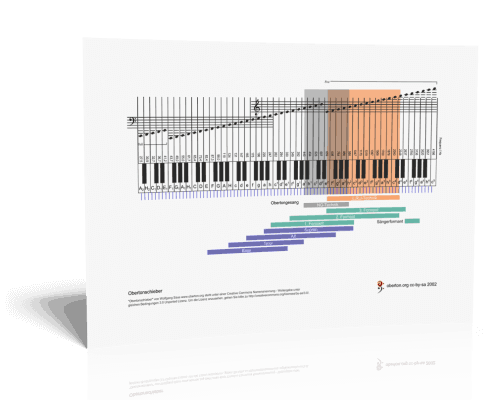Still, still, still – for Overtone Singing and Keys
Still, still, still is an Austrian Christmas carol from the Salzburg region. It first appeared in print in 1865 in a collection of carols with the following text, which is no longer common today:
1. Sleep, sleep, sleep, my precious baby sleep!
Maria sings a lullaby sweet
And lays her true heart at your feet.
Sleep, sleep, sleep, my precious baby sleep!
2. Great, great, great, the love is more than great.
God has left his throne on high,
To walk the street, to come us nigh.
Great, great, great, the love is more than great.
3. Rise, rise, rise, all Adam’s children rise.
O, kneel at the feet of Jesus now,
Our sins to atone he did vow.
Rise, rise, rise, all Adam’s children rise.
4. We, we, we, ee all implore Thee:
Open for us heaven’s gate
Let your kingdom be our fate.
We, we, we, – we all implore Thee.
5. Rest, rest, rest, allow the Child to rest.
Saint Joseph snuffs the candle out,
Angels are guarding all about.
Rest, rest, rest, allow the Child to rest.
(Translation wikipedia)
Performers:
Michael Reimann – Keys
https://michaelreimann.de/
Wolfgang Saus – Overtone Singing
https://www.oberton.org/
Video – josephphackney pixabay
https://pixabay.com/





Recent Comment